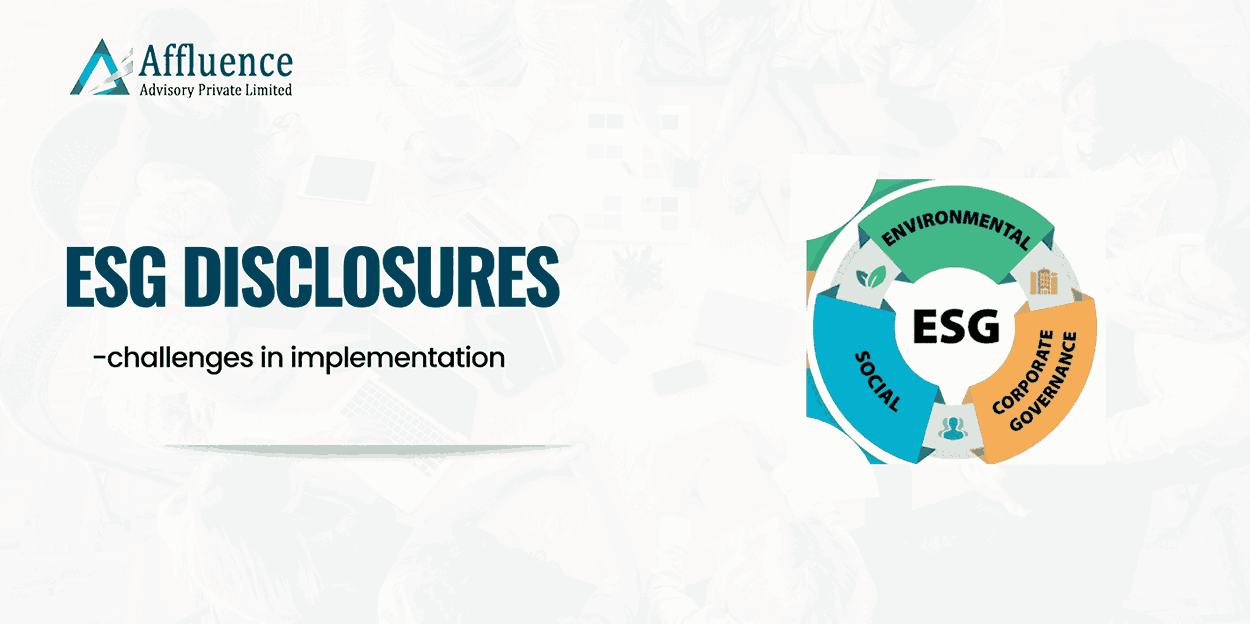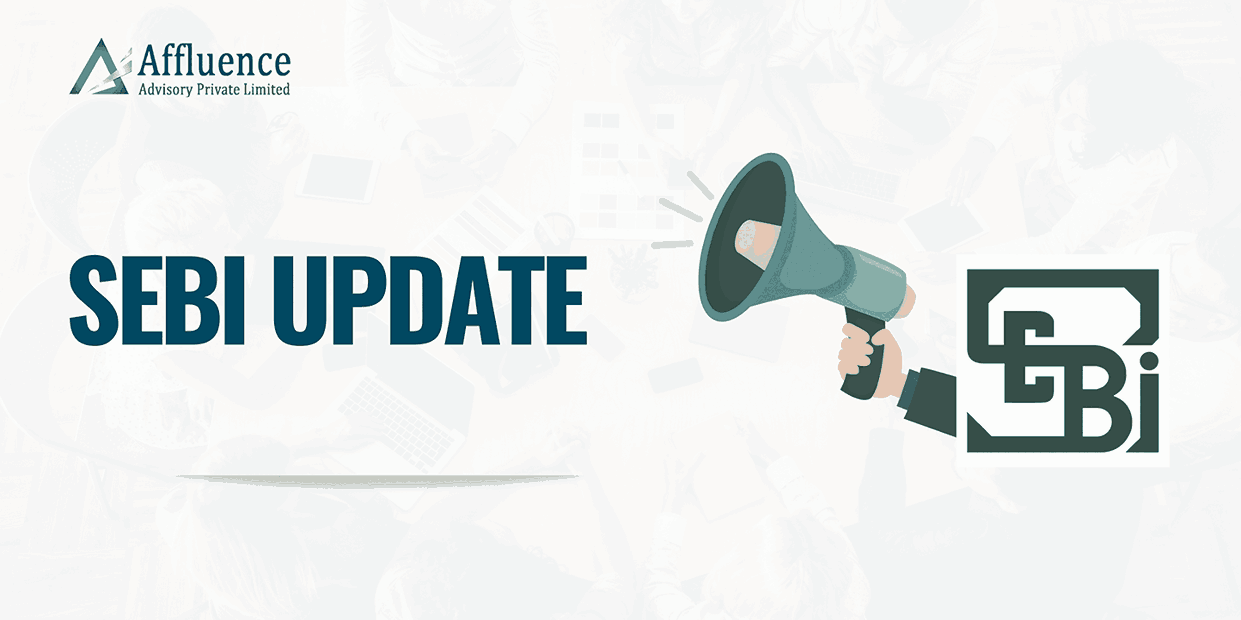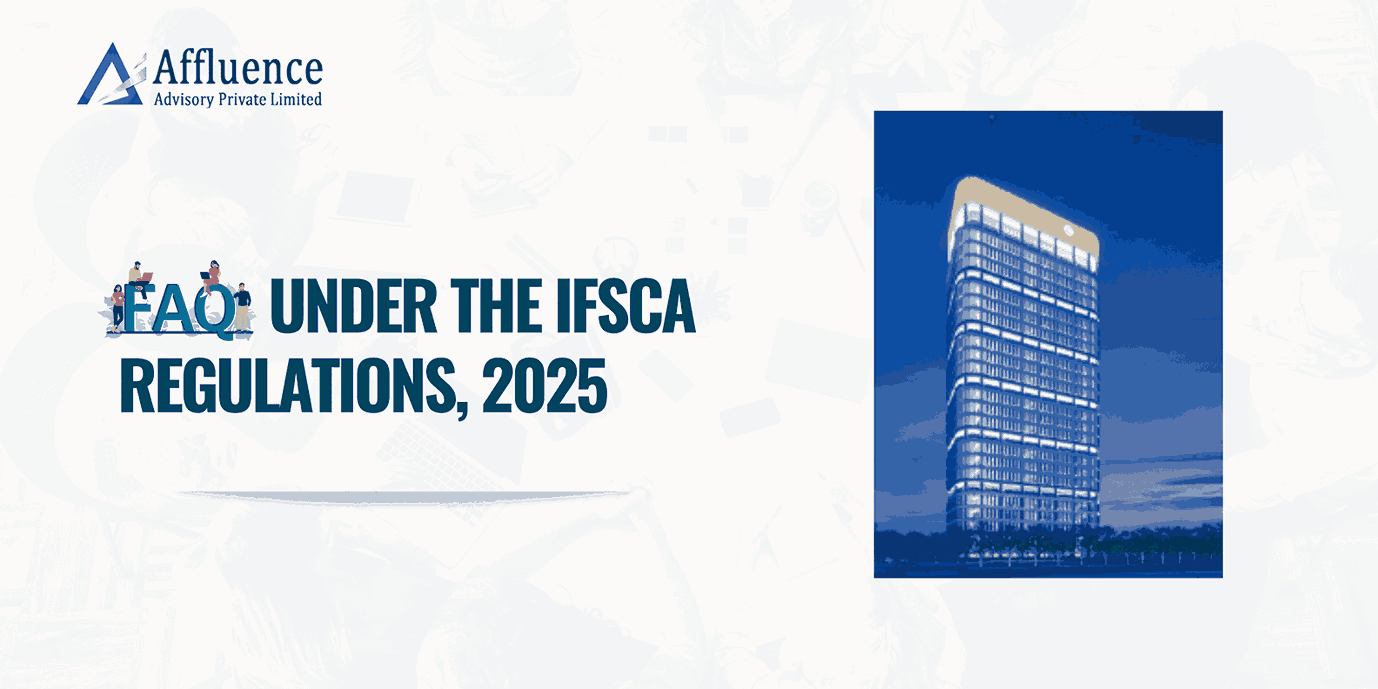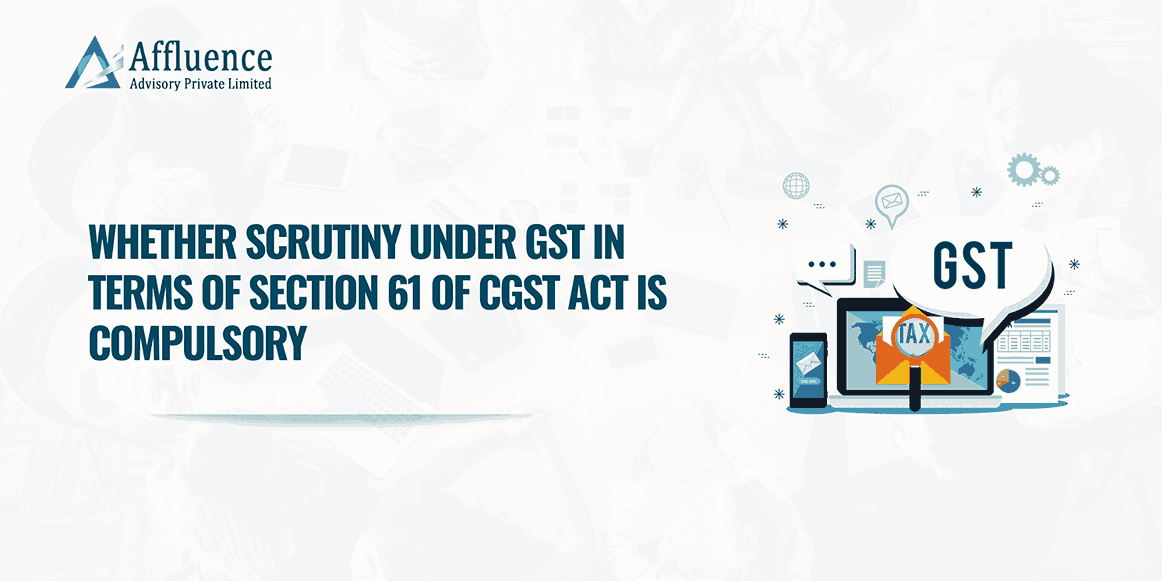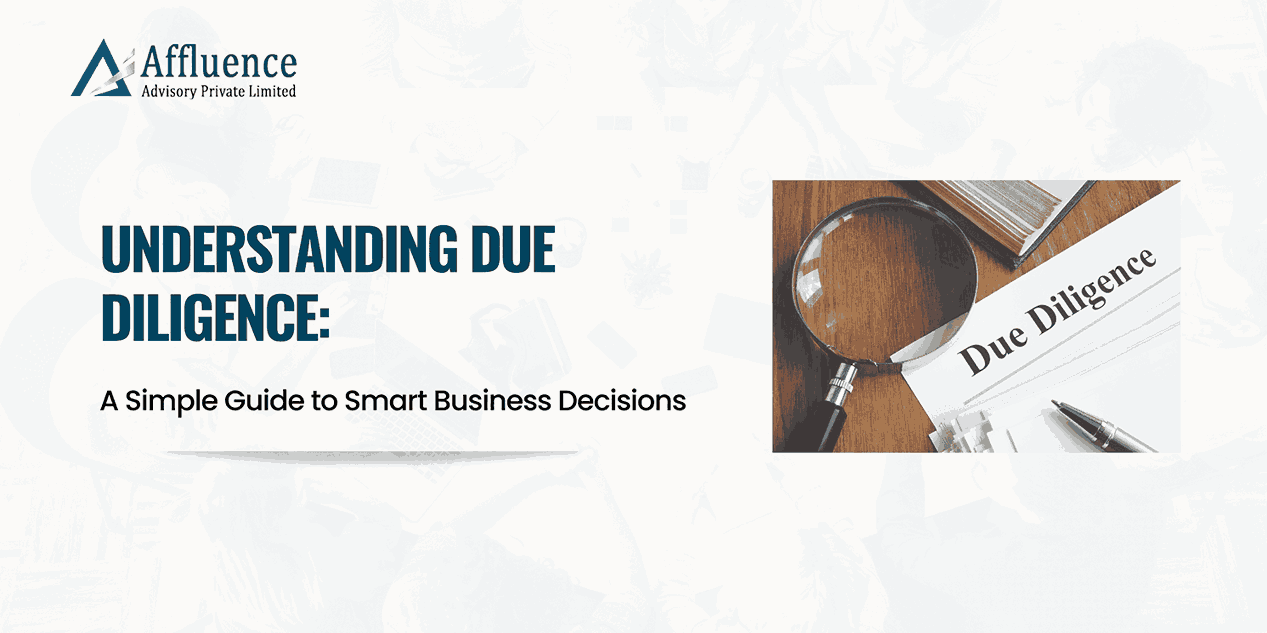WHAT IS AN ALTERNATIVE INVESTMENT FUND?
AIF or Alternative Investment Fund means any fund established or incorporated in India which is a privately pooled investment vehicle that collects funds from sophisticated investors, whether Indian or foreign, for investing it in accordance with a defined investment policy for the benefit of its investors.
TYPES OF AIFS
- Category I AIFs – AIFs which invest in start-up or early-stage ventures or social ventures or SMEs or infrastructure or other sectors or areas which the government or regulators consider as socially or economically desirable.
Examples:
- Venture capital funds (Including Angel Funds)
- SME Funds
- Social Venture Funds
- Infrastructure Funds
- Category II AIFs- Funds that are invested in equity and debt securities are included in this category. Funds that aren’t already classified as Category 1 or III are also included.
Examples:
- Real Estate Funds
- Private Equity Funds
- Funds for distressed assets
- Category III- AIFs that employ diverse or complex trading strategies and may employ leverage including through investment in listed or unlisted derivatives.
Examples:
- Hedge Funds
- Investment in Public Equity Fund (PIPE)
COMPARATIVE STUDY:
|
Criteria |
Category I |
Category II |
Category III |
|
Categorization |
|
|
|
|
Registration Fee |
INR 5,00,000/- (For Angel Funds INR 2,00,000/-) |
INR 10,00,000/- |
INR 15,00,000/- |
|
Continuing interest by Sponsor/ Manager |
Lower of the following 2.5% of corpus Or INR 5 crores |
Lower of the following 2.5% of corpus Or INR 5 crores |
Lower of the following 5% of corpus Or INR 10 crores |
|
Open ended/ Close ended |
Close ended |
Close ended |
Open or Close ended |
|
Ability to invest in Listed securities |
Limited ability for listed investments. Different norms across sub categories |
Upto 49.99% investments can technically be done in listed securities |
Investments upto 100% can be made in listed securities |
|
Investment Concentration Norm |
Investment of not more than 25% of the investible funds in an investee company directly or through investment in the units of other AIFs |
Investment of not more than 25% of the investible funds in an investee company directly or through investment in the units of other AIFs |
Investment of not more than 10% of the investible funds in an investee company directly or through investment in the units of other AIFs. For investment in listed equity of an Investee Company, the investment limit of 10% can be on investible funds or the net asset value. |
REGISTRATION PROCESS:
- All applicants desirous of seeking registration as an Alternative Investment Fund (‘AIF’) are required to submit their applications only online, through the SEBI Intermediary Portal at https://siportal.sebi.gov.in.
- Private Placement Memorandum (‘PPM’) is a primary document in which all the necessary information about the AIF is disclosed to prospective investors and SEBI has mandated a template of PPM. The template for PPM for Category I & II AIFs is provided at https://www.sebi.gov.in/sebi_data/commondocs/feb-2020/an_2_p.pdf and for Category III at https://www.sebi.gov.in/sebi_data/commondocs/feb-2020/an_2_p.pdf.
- AIFs shall launch scheme(s) subject to filing of PPM with SEBI through a SEBI registered Merchant Banker along with the due diligence certificate.
- The First Close of a scheme shall be declared not later than 12 months from the date of SEBI communication for taking the PPM of the scheme on record and Corpus of the scheme at the time of declaring its First Close shall not be less than the minimum corpus specified in AIF Regulations for the respective category/sub-category of the AIF. With respect to open ended schemes of Category III AIFs, the First Close shall refer to the close of their Initial Offer Period.
COMPLIANCE FRAMEWORK
To Investors: The manager is required to provide the following reports or disclosures to the investors of the AIF
|
Particulars |
Frequency |
Submission date |
|
Annual report to the investors including the following information:
include
Extra financial risks, including environmental, social and corporate governance risks, at fund and investee company level. |
Annually (For Category I and Category II AIF)
Quarterly (For Category III AIF) |
Within 180 days from the year end (For Category I and Category II AIF)
Within 60 days of the end of the quarter (For Category III AIF) |
|
Description of valuation and methodology for valuing assets
Category III AIF to undertake NAV valuations and disclose NAV to the investors |
Half-yearly (Can be enhanced to 1 year on approval of 75% of investors by value of their investment)
Close ended fund –Quarterly Open ended fund – Monthly |
Half-yearly (Can be enhanced to 1 year on approval of 75% of investors by value of their investment)
Close ended fund – Quarterly Open ended fund – Monthly |
|
As and when occurred: Any changes to the placement memorandum including modifications in terms or documents of the fund/scheme |
Annually |
Within one month from the end of the financial year |
|
Reporting:
Any fees charged to the AIF or any investee company by an associate of the manager or sponsor |
Periodically |
Periodically |
|
The manager or sponsor is required to disclose their investment in the AIF to the investors |
Periodically |
Periodically |
To the Trustee and Sponsor:
|
Particulars |
Frequency |
Submission date |
|
Quarterly Compliance Report to Trustee |
Quarterly |
Within 15 days from the end of the quarter |
Manager to make necessary changes in CTR basis comments received from trustee/sponsor |
Annually |
Within 30 days from the end of the financial year
Within 30 days from the end of the financial year
Within 15 days from date of receipt of observations/ comments |
|
Any findings of audit of compliance with terms of PPM along with Annually corrective steps, if any (in case of AIFs which have not raised any funds from their investors, they shall submit a Certificate from a Chartered Accountant to the effect that no funds have been raised) |
Annually |
Within six months from the end of the financial year |
To SEBI: Prior Approval/Intimation to SEBI
|
Particulars |
Frequency |
Submission date |
|
Prior SEBI approval if any change in control of AIF, sponsor or manager |
Prior approval |
As soon as possible |
|
Submission of quarterly report (online) to SEBI relating to their Quarterly activity as an AIF |
Quarterly |
Within 10 days from the end of the quarter |
|
Submission of report on leverage undertaken (For Category III AIF) |
Quarterly |
Quarterly |
|
AIFs shall report the utilization of overseas investment limits on SEBI intermediary portal |
Event Based |
Within 5 working days of such utilization |
|
In case the AIF has not utilised/partly utilised the overseas investment limits within a period of 6 months from the date of SEBI approval (validity period), the same shall be reported on the SEBI intermediary portal. |
Event Based |
Within 2 working days after expiry of the validity period |
|
In case the AIF wishes to surrender the overseas limit at any point of time within the validity period, the same shall be reported on the SEBI intermediary portal |
Event Based |
Within 2 working days from the date of decision to surrender the limit |
|
As and when occurred: Any changes to the placement memorandum, including modifications in terms or documents of the fund/scheme |
Annually |
Within one month from the end of the financial year |
|
Any findings of audit of compliance with terms of PPM along with Annually corrective steps, if any (in case of AIFs which have not raised any funds from their investors, they shall submit a Certificate from a Chartered Accountant to the effect that no funds have been raised) |
Annually |
Within six months from the end of the financial year |
Direct Tax Compliances
|
Particulars |
Frequency |
Submission date |
|
Income tax return |
Annually |
31 October of the Relevant assessment year |
|
Advance tax payment |
Quarterly |
15th day of June, September, December, and March of every tax year |
|
Withholding taxes
|
Monthly
Quarterly
Per foreign remittance |
7th of the subsequent month except for March which is due by 30 April
31 July- first quarter 31 October – second quarter 31 January – third quarter 31 May – fourth quarter
At the time of foreign remittance |
|
Statement to be furnished (in Form No. 64C) by AIF to unitholders in respect of income distributed during the previous year (applicable for Category I/II AIF) |
Annually |
30 June of the financial year following the previous year |
|
Statement to be furnished (in Form No. 64D) by AIF to Income tax authorities in respect of income distributed during the previous year (applicable for Category I/II AIF) |
Annually |
15 June of the financial year following the previous year |
FEMA and Other Regulatory Compliance
|
Particulars |
Frequency |
Submission date |
|
The AIF, which has issued units to a person resident outside India shall file the Form InVi with the RBI |
Event Based |
Within 30 days from date of issue of units |
|
The AIF making downstream investment in another Indian entity which is regarded as indirect foreign investment (as sponsor or manager is not Indian owned and controlled), shall file Form DI |
Event Based |
Within 30 days from the date of allotment of equity instruments |
|
Foreign Liabilities and Assets (FLA) return has to be filed with the RBI in lieu of all the foreign investments received and made in the previous year |
Annually |
15 July of the financial year following the previous year. In case the financials are not audited then once the audited numbers are ready, request for approval to revise the previously filed return to RBI |
|
Reporting of all cash and suspicious transactions with FIU |
Immediate |
Immediate |
CONSTITUTION OF INVESTMENT COMMITTEE
Manager may constitute Investment Committee (by whatever name it may be called) to approve decisions of the AIF. Such Investment Committees may consist of internal members (employees, directors or partners of the Manager) and/ or external members.
INVESTOR CHARTER AND DISCLOSURE OF COMPLAINTS BY AIFS
The Investor Charter is a brief document containing details of services provided to investors, details of grievance redressal mechanism, responsibilities of the investors etc., at one single place, in lucid language for ease of reference and all AIFs shall take necessary steps to bring the Investor Charter to the notice of their investors by disclosing Investor Charter in the Private Placement Memorandum (PPM).
In order to bring about further transparency in the Investor Grievance Redressal Mechanism, data on investor complaints received against AIFs and each of their schemes and redressal status thereof shall be disclosed by all AIFs as a separate chapter in the PPM. AIFs shall maintain data on investor complaints which shall be compiled latest within 7 days from the end of quarter.
ISSUANCE OF UNITS OF AIFS IN DEMATERIALISED FORM
AIFs shall issue units in dematerialized form subject to the conditions specified by SEBI from time to time.
All schemes of AIFs shall dematerialize their units in the following time frame:
|
Particulars |
Schemes of AIFs with corpus ≥ Rs 500 Crore |
Schemes of AIFs with corpus < Rs 500 Crore |
|
Dematerialization of all the units issued |
Latest by October 31, 2023 |
Latest by April 30, 2024 |
|
Issuance of units only in dematerialized form |
November 01, 2023 onwards |
May 01, 2024 onwards |
TAXATION
Pass through status to AIF’s
- The Finance Act, 2015, extended tax pass through status to AIFs that are registered with SEBI as Category I AIFs or Category II AIFs under the AIF Regulations.
- They are governed by a special tax regime as provided under Section 115UB of the Income tax Act, 1961 (the Act)
- Any income (other than business income) earned by a SEBI registered Category I and II AIF, is exempt from tax in the hands of the AIF under Section 10(23FBA) of the Act. Such income shall be taxable directly in the hands of the investors of the AIF under Section 115UB of the Act.
- Any income distributed by investment fund is not liable for DDT u/s 115-0
- Any income distributed by investment fund (except business income), TDS of 10% has to be deducted by investment fund u/s 194 LBB.
- The investors shall be chargeable to tax in the same manner as if it were the income accruing or arising to, or received by, such investor had the investments, made by the AIF, been made directly by such investor. Income taxable in investors’ hands shall be deemed to be of the same nature and proportion as in the hands of the AIF.
- Further, in terms of Section 115UB(2) of the Act, in case there is a loss at the fund level (i.e. current loss or loss which remained to be set off), such loss shall not be allowed to be passed through to the investors but would be carried forward at AIF level to be set off against income of future years in accordance with the provisions of Chapter VI of the Act.
- Investment fund compulsorily required to file return u/s 139(4F)
Tax status of Category III AIFs
Category III AIFs has not yet been accorded a Pass-through status, which means that income from such funds will be taxed at the investment fund level and the tax obligation will not pass through to unit holders. Income under the head, “Profits or gains from business or profession”, the fund would be taxed in respect to such income at marginal rate of tax.
Disclaimer: This article provides general information existing at the time of preparation and we take no responsibility to update it with the subsequent changes in the law. The article is intended as a news update and Affluence Advisory neither assumes nor accepts any responsibility for any loss arising to any person acting or refraining from acting as a result of any material contained in this article. It is recommended that professional advice be taken based on specific facts and circumstances. This article does not substitute the need to refer to the original pronouncement
CLICK HERE DOWNLOAD PDF



